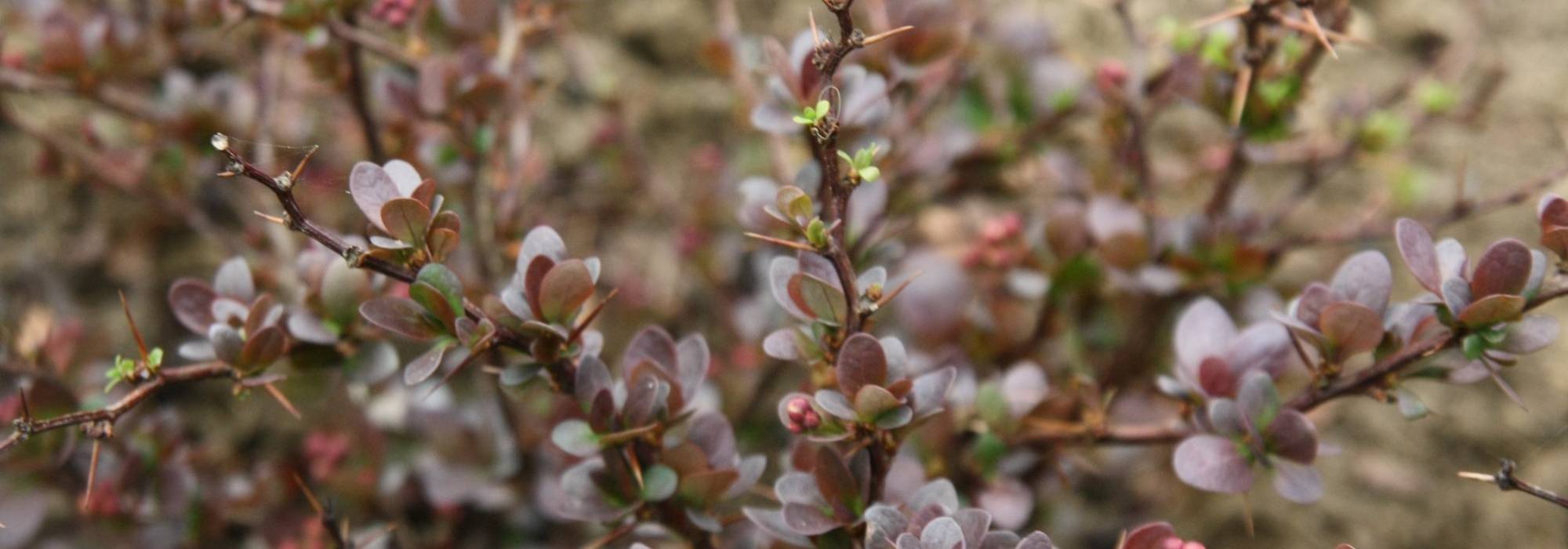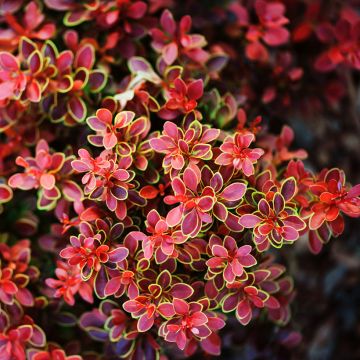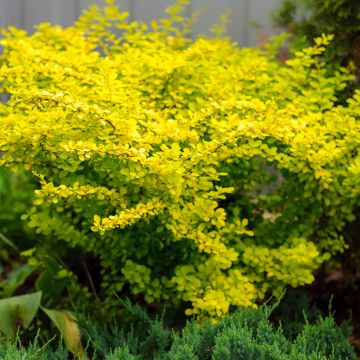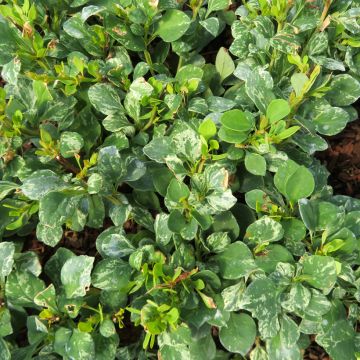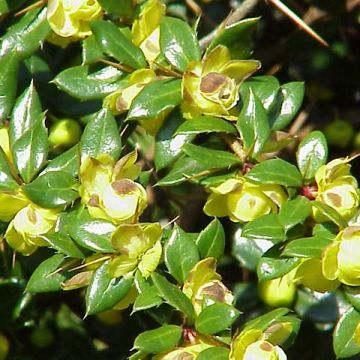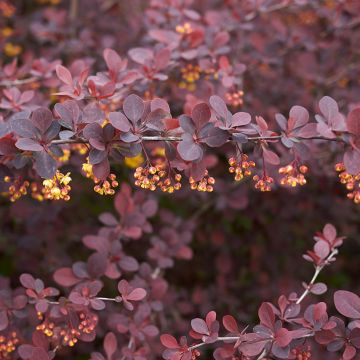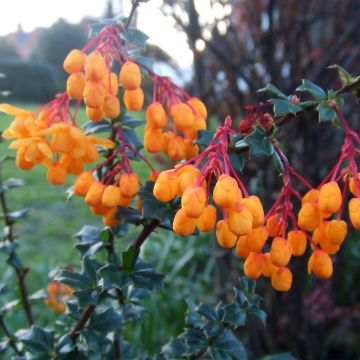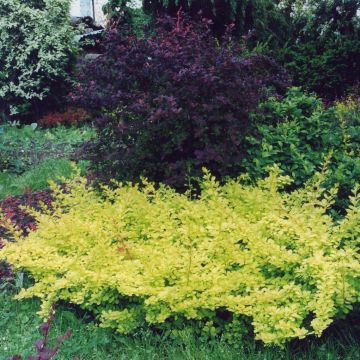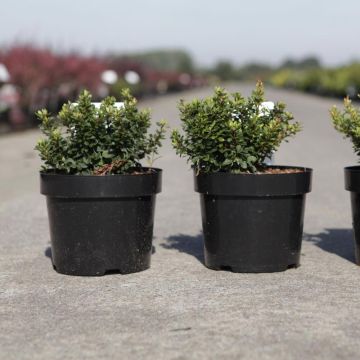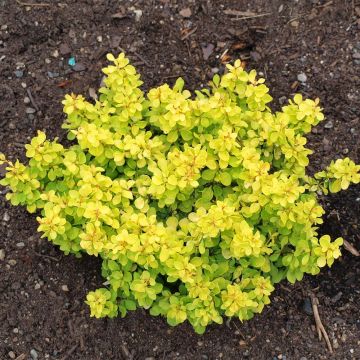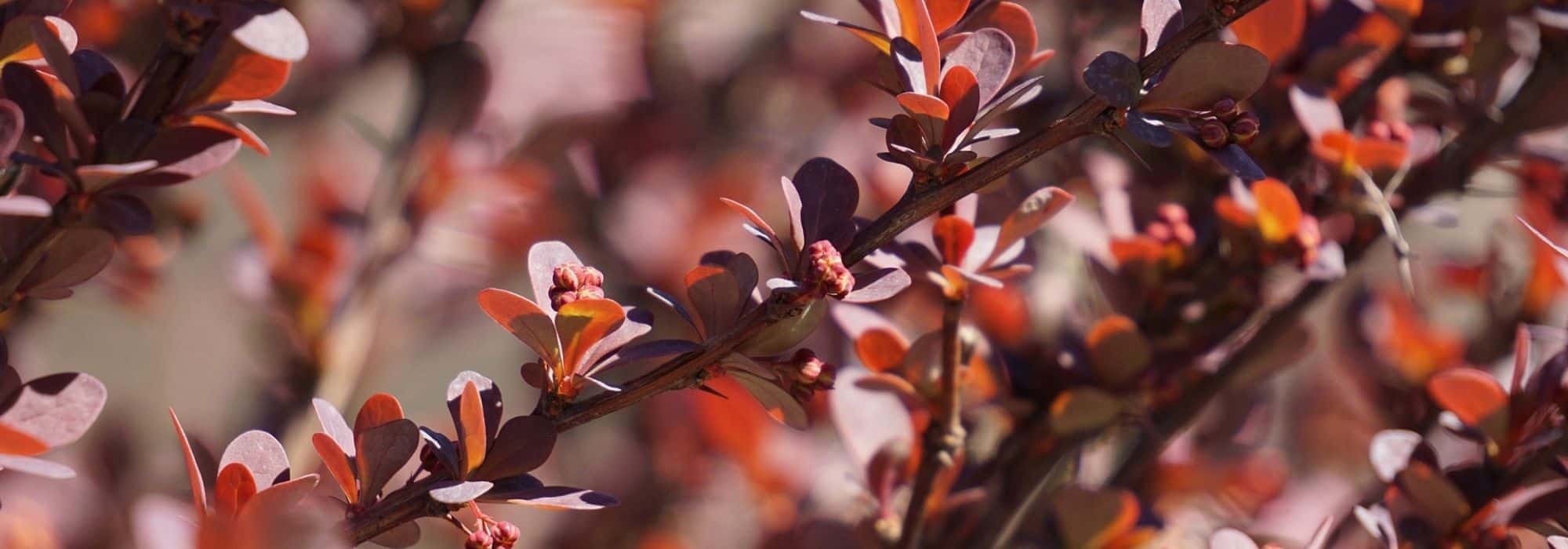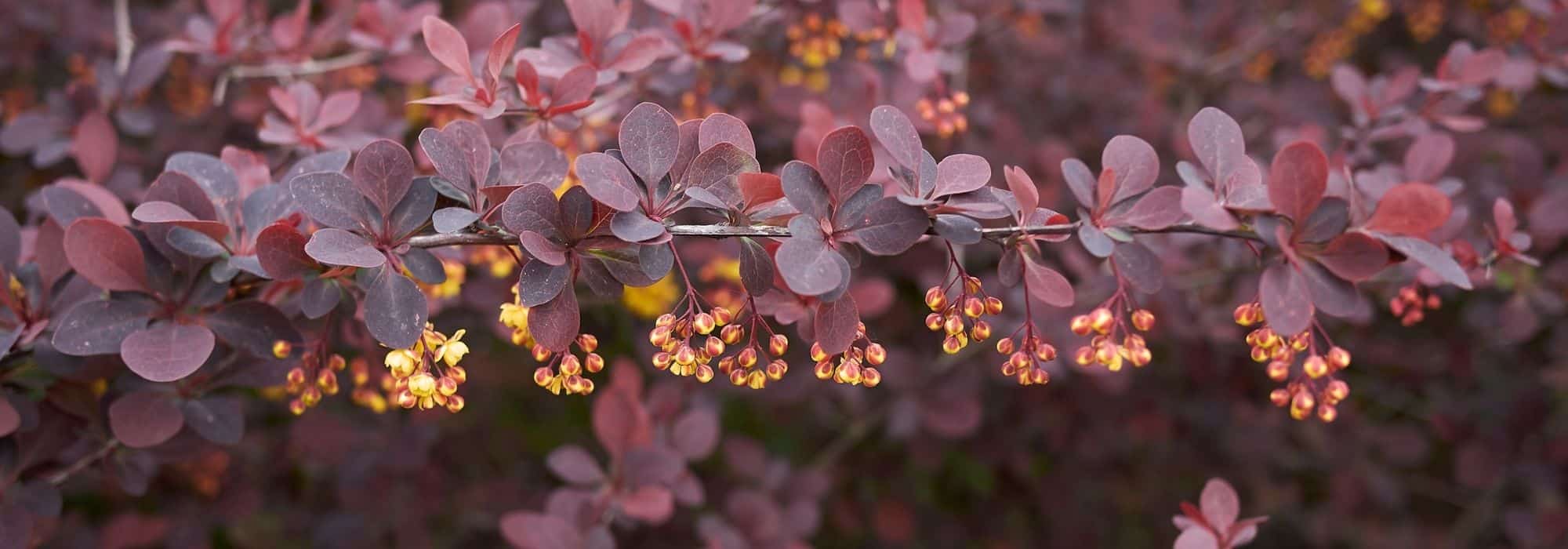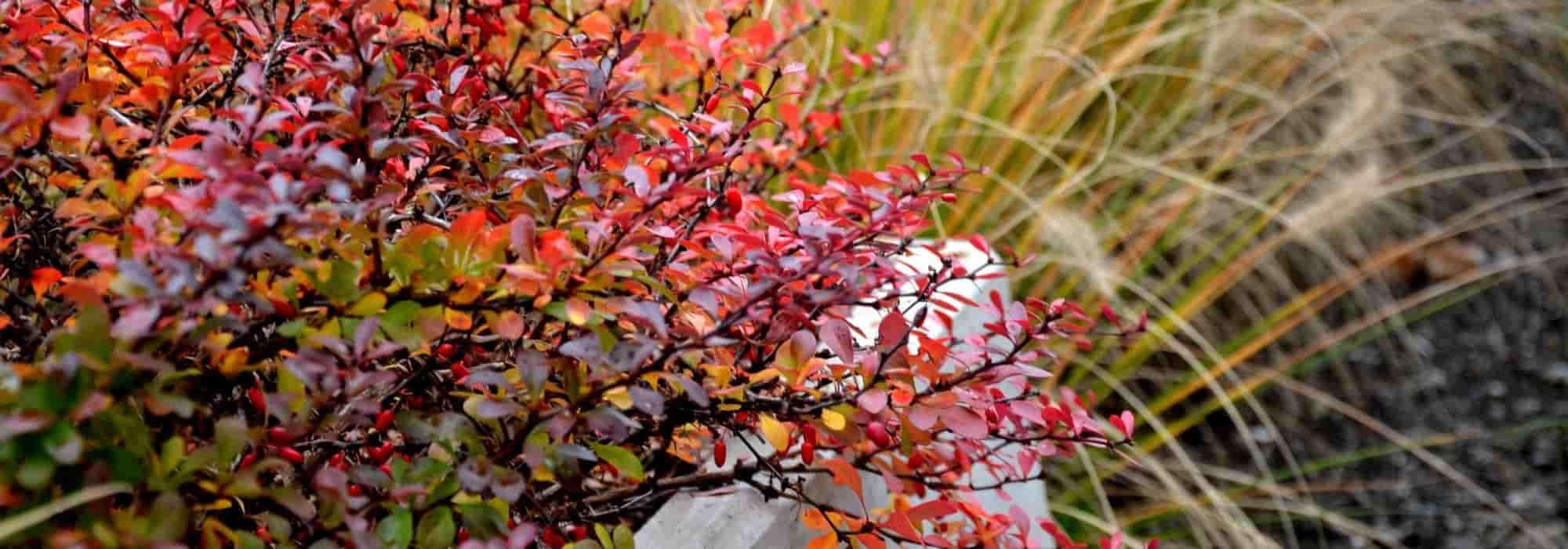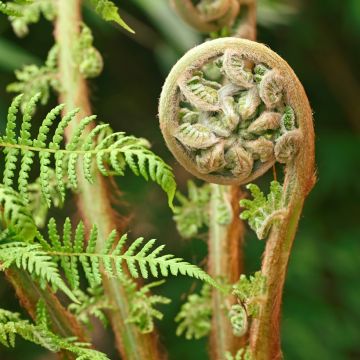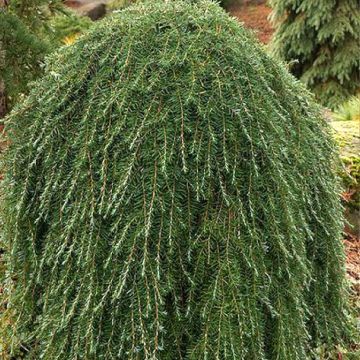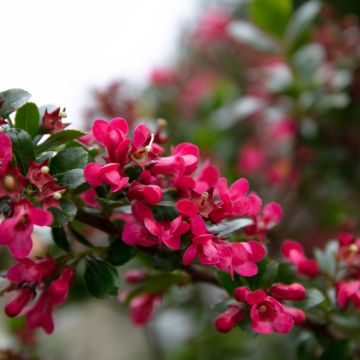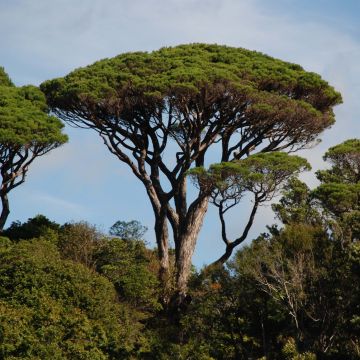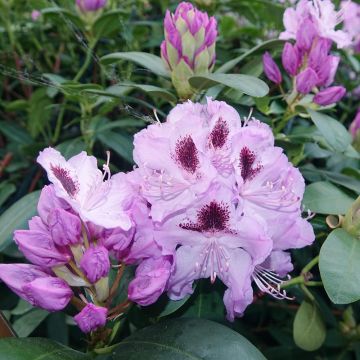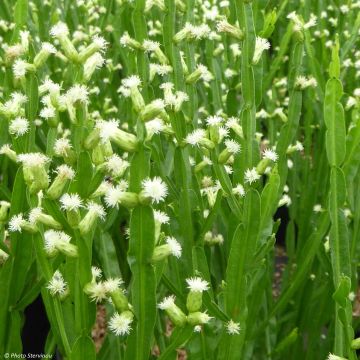

Berberis julianae - Saint Julians Barberry
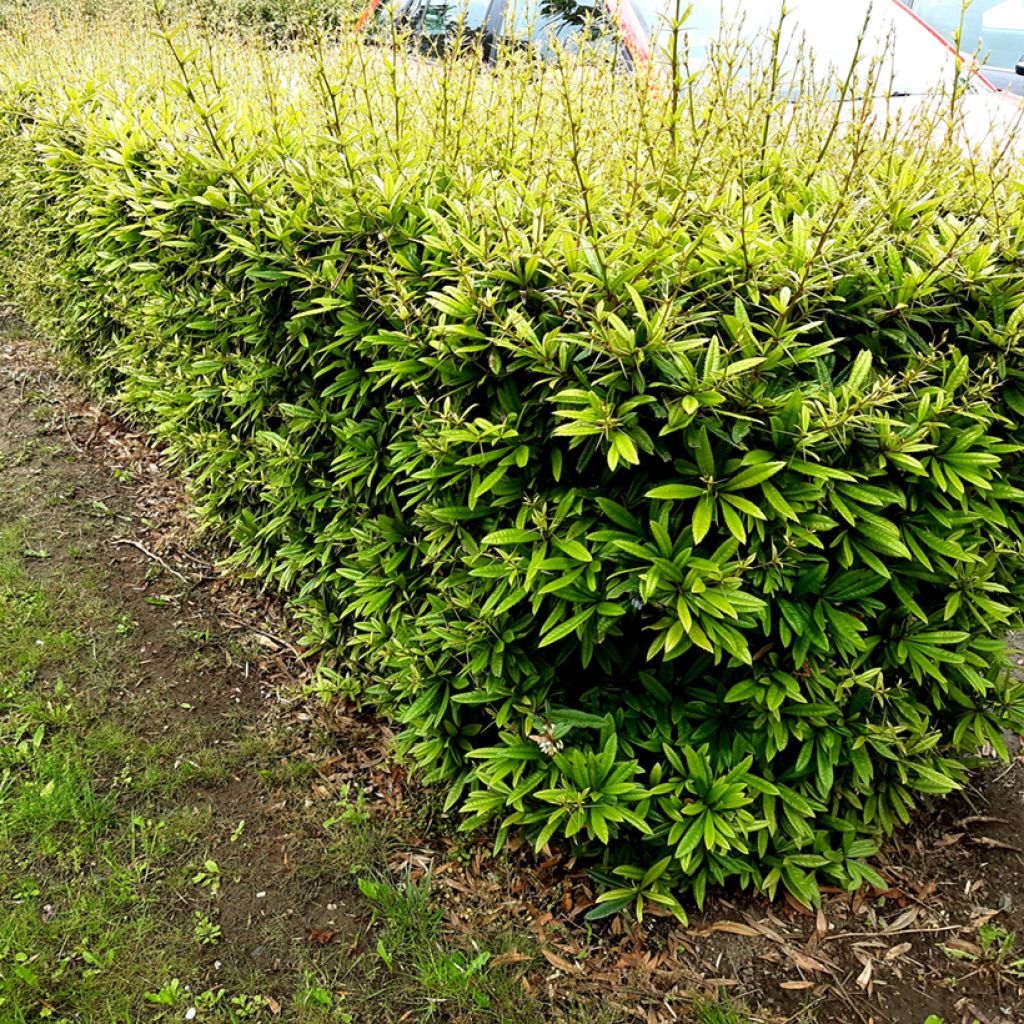

Berberis julianae - Saint Julians Barberry
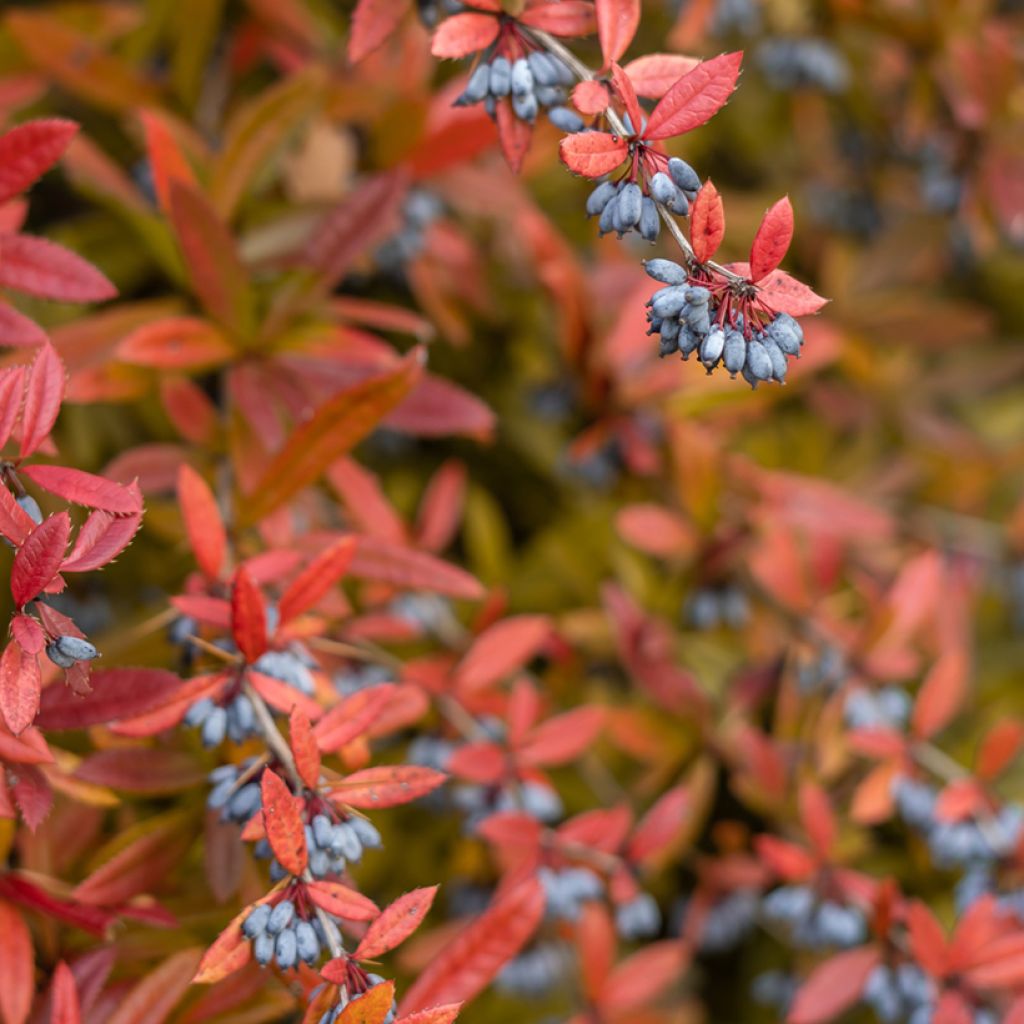

Berberis julianae - Saint Julians Barberry
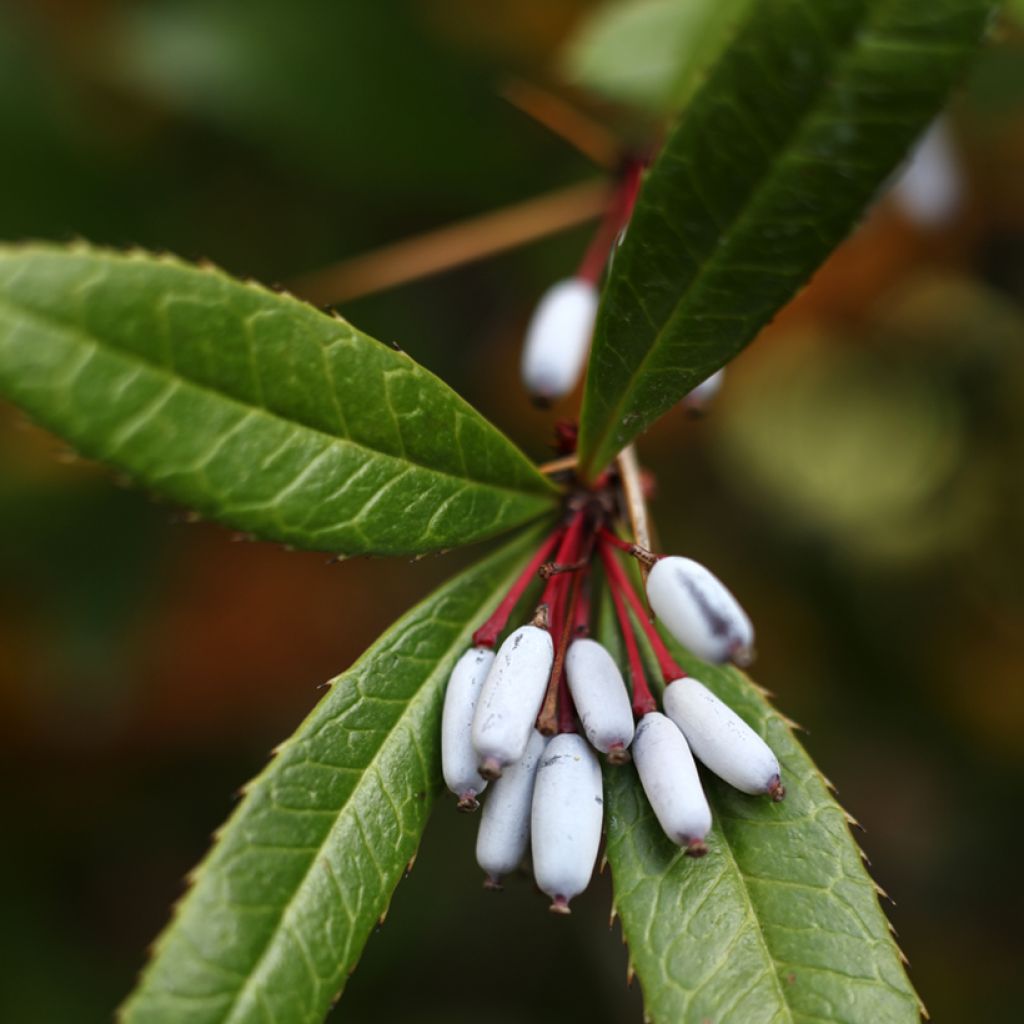

Berberis julianae - Saint Julians Barberry


Berberis julianae - Saint Julians Barberry
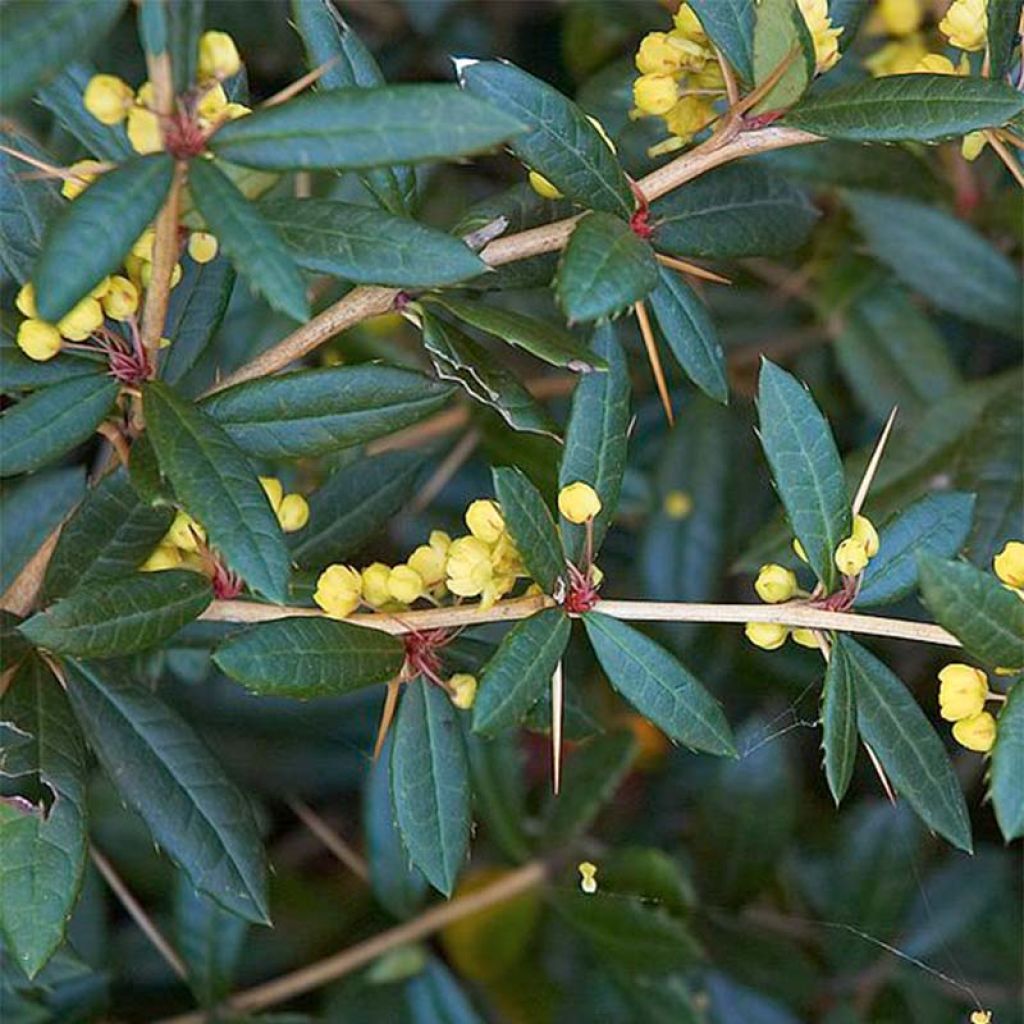

Berberis julianae - Saint Julians Barberry
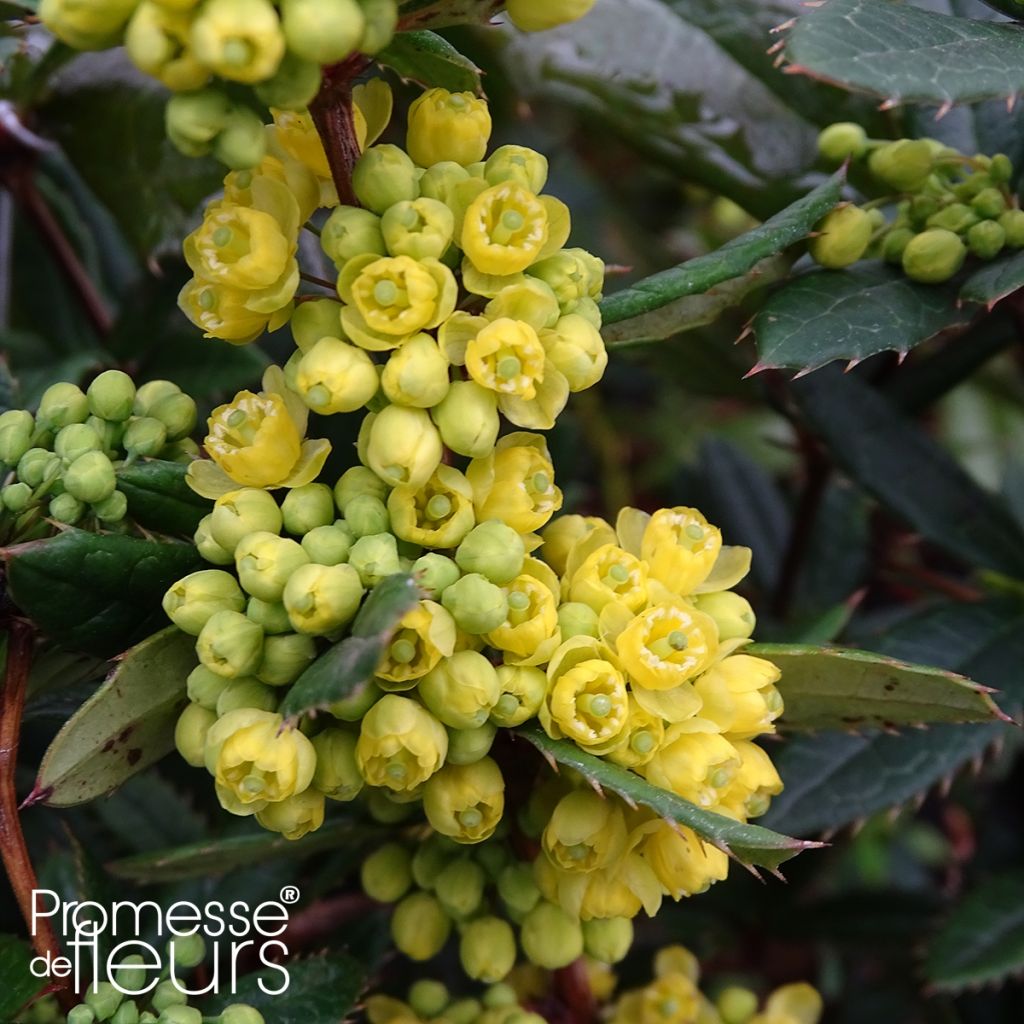

Berberis julianae - Saint Julians Barberry
Berberis julianae - Saint Julians Barberry
Berberis julianae
Wintergreen Barberry, Saint Julians Barberry
Received well: young plants in very good condition, not damaged, very well packaged: plants well supplied, plants well rooted in excellent health, planting in pots for the moment, location being prepared for September.
pascal, 03/08/2022
Special offer!
Receive a €20 voucher for any order over €90 (excluding delivery costs, credit notes, and plastic-free options)!
1- Add your favorite plants to your cart.
2- Once you have reached €90, confirm your order (you can even choose the delivery date!).
3- As soon as your order is shipped, you will receive an email containing your voucher code, valid for 3 months (90 days).
Your voucher is unique and can only be used once, for any order with a minimum value of €20, excluding delivery costs.
Can be combined with other current offers, non-divisible and non-refundable.
Home or relay delivery (depending on size and destination)
Schedule delivery date,
and select date in basket
This plant carries a 24 months recovery warranty
More information
We guarantee the quality of our plants for a full growing cycle, and will replace at our expense any plant that fails to recover under normal climatic and planting conditions.

Would this plant suit my garden?
Set up your Plantfit profile →
Description
Berberis julianae, also known as Saint Julian's barberry, belongs to a group of hardy, low-maintenance shrubs. Like many other barberries it has a medium size and forms a slightly upright and particularly dense, very thorny bush, which plays its role perfectly in a defensive hedge. Its evergreen foliage is its main asset: with a glossy dark green colour, it takes on a beautiful red hue when it gets cold, which is very decorative during the gloomy days of winter. Its yellow flowering is quite discreet, but it often appears twice a year, in spring and again in autumn, with foliage that has turned red. In the garden, it is a trouble-free plant, hardy and with great adaptability. Tolerating all exposures and a wide range of soils, this thorny shrub is, like Darwin's barberry, an excellent alternative to pyracantha.
The Julian Barberry is a shrub belonging to the Berberidaceae family, native to mountainous regions from central to western China, perfectly adapted to our climates, even the harshest ones. It can grow in a wide range of soils, even heavy, clayey, and limestone soils. It has a bushy, dense, branching, taller-than-wide habit, formed by angular branches with long trifurcated thorns. Initially upright, they bend down towards the ground as they age. The shrub has a beige-grey bark that cracks with age. It grows quite slowly, reaching an average height of 3m (9.8ft) and a width of 1.5m (3.3ft) at maturity. From March to May, depending on the climate, small clusters of about thirty fragrant, yellow flowers with red markings and reddish stems, appear on the branches. This barberry often offers a second flowering in late autumn or early winter. Flowers are followed by small fleshy fruits, oblong, with a chalky blue colour, turning black when ripe. The young shoots and leaves are slightly pink. The adult, evergreen leaves are lanceolate to elliptical, 3 to 8cm long (3.1in), leathery, with dentate edges and ending in a spiny point, arranged in small alternate clusters on the branches. Their colour is a glossy dark green, lighter on the underside. They turn orange-red at the first cold temperatures.
Curiously, the Julian Barberry is rarely recommended to gardeners who want to create a defensive and evergreen hedge, both effective and beautiful to look at. Although not spectacular, it can perfectly replace Pyracantha or be associated with it: its naturally dense and compact habit does not require pruning, and it does not tend to send its branches in all directions. However, like Pyracantha, it can grow anywhere, even in poor or compact soils that are disliked by many shrubs. While its berries are less spectacular than those of Pyracantha, it has the advantage of maintaining modest dimensions and offering beautiful colours in the garden in autumn and winter. This shrub can also be planted in large rockeries, to cover slopes or be part of an understory, as it perfectly tolerates shade. Make sure to plant it away from pathways, due to its formidable thorns.
Berberis julianae - Saint Julians Barberry in pictures
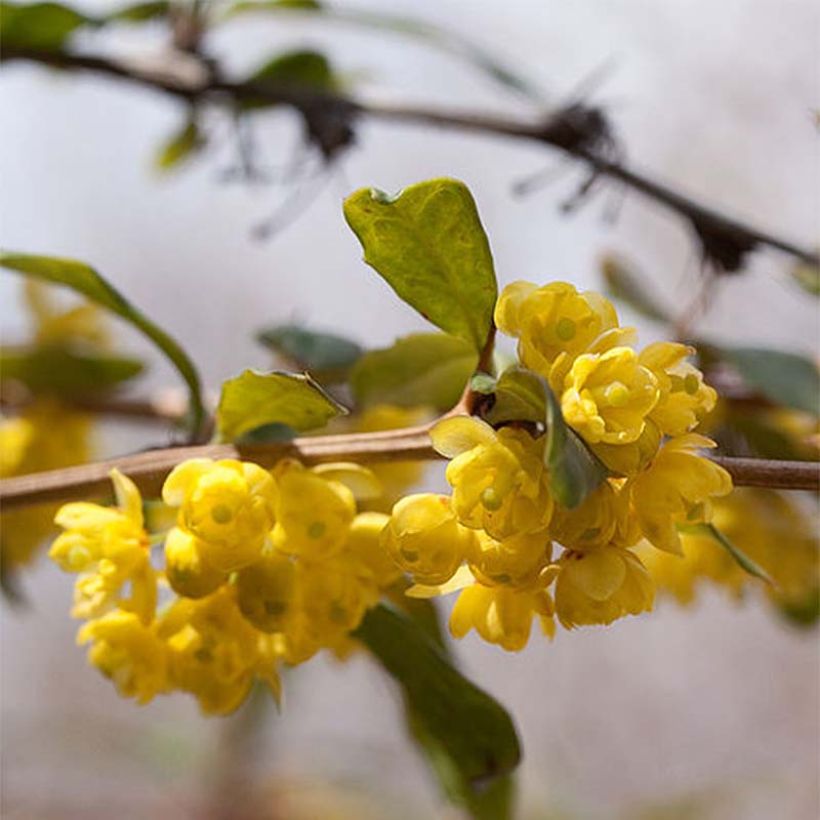

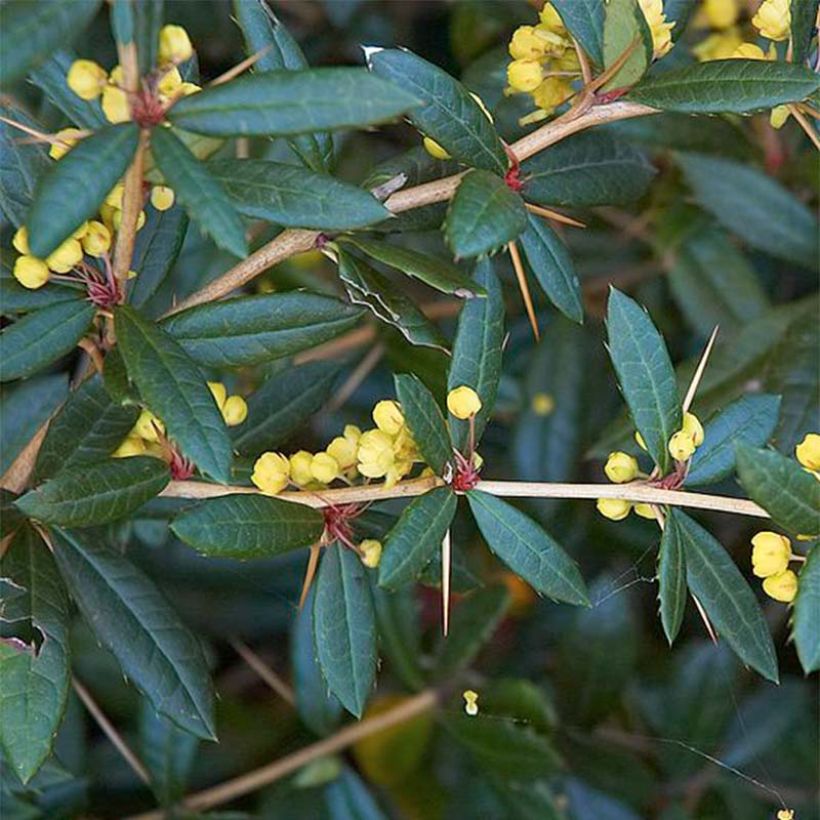

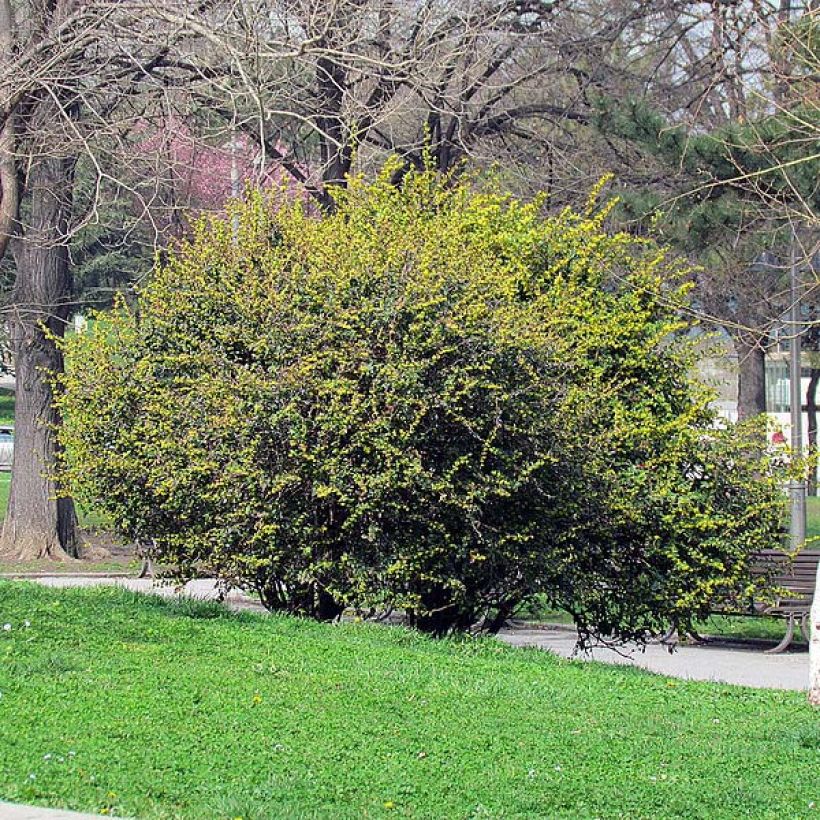



Plant habit
Flowering
Foliage
Botanical data
Berberis
julianae
Berberidaceae
Wintergreen Barberry, Saint Julians Barberry
China
Other Berberis - Barberries
View all →Planting and care
Berberis julianae adapts to any soil, even compact and clayey, dry, poor or limestone. However, it dislikes waterlogged soils, excessively acidic or excessively alkaline. Its preference is for clay-rich soils, slightly acidic. Once established, it withstands summer drought well and can do without watering completely in summer in most regions. Its hardiness is excellent. It thrives in all exposures, even tolerating shade, where it will be slightly less floriferous. The planting hole should be twice the size of the root ball. Space the Berberis about 1m (3.3ft) apart. Add compost and water well.
It is a bush that does not require pruning, but wil tolerate it, after flowering, if it is not too severe. Be careful not to touch the branches with bare hands as they have thorns that are difficult to remove once they penetrate the skin.
Planting period
Intended location
Care
Planting & care advice
-
, onOrder confirmed
Reply from on Promesse de fleurs
Similar products
Haven't found what you were looking for?
Hardiness is the lowest winter temperature a plant can endure without suffering serious damage or even dying. However, hardiness is affected by location (a sheltered area, such as a patio), protection (winter cover) and soil type (hardiness is improved by well-drained soil).

Photo Sharing Terms & Conditions
In order to encourage gardeners to interact and share their experiences, Promesse de fleurs offers various media enabling content to be uploaded onto its Site - in particular via the ‘Photo sharing’ module.
The User agrees to refrain from:
- Posting any content that is illegal, prejudicial, insulting, racist, inciteful to hatred, revisionist, contrary to public decency, that infringes on privacy or on the privacy rights of third parties, in particular the publicity rights of persons and goods, intellectual property rights, or the right to privacy.
- Submitting content on behalf of a third party;
- Impersonate the identity of a third party and/or publish any personal information about a third party;
In general, the User undertakes to refrain from any unethical behaviour.
All Content (in particular text, comments, files, images, photos, videos, creative works, etc.), which may be subject to property or intellectual property rights, image or other private rights, shall remain the property of the User, subject to the limited rights granted by the terms of the licence granted by Promesse de fleurs as stated below. Users are at liberty to publish or not to publish such Content on the Site, notably via the ‘Photo Sharing’ facility, and accept that this Content shall be made public and freely accessible, notably on the Internet.
Users further acknowledge, undertake to have ,and guarantee that they hold all necessary rights and permissions to publish such material on the Site, in particular with regard to the legislation in force pertaining to any privacy, property, intellectual property, image, or contractual rights, or rights of any other nature. By publishing such Content on the Site, Users acknowledge accepting full liability as publishers of the Content within the meaning of the law, and grant Promesse de fleurs, free of charge, an inclusive, worldwide licence for the said Content for the entire duration of its publication, including all reproduction, representation, up/downloading, displaying, performing, transmission, and storage rights.
Users also grant permission for their name to be linked to the Content and accept that this link may not always be made available.
By engaging in posting material, Users consent to their Content becoming automatically accessible on the Internet, in particular on other sites and/or blogs and/or web pages of the Promesse de fleurs site, including in particular social pages and the Promesse de fleurs catalogue.
Users may secure the removal of entrusted content free of charge by issuing a simple request via our contact form.
The flowering period indicated on our website applies to countries and regions located in USDA zone 8 (France, the United Kingdom, Ireland, the Netherlands, etc.)
It will vary according to where you live:
- In zones 9 to 10 (Italy, Spain, Greece, etc.), flowering will occur about 2 to 4 weeks earlier.
- In zones 6 to 7 (Germany, Poland, Slovenia, and lower mountainous regions), flowering will be delayed by 2 to 3 weeks.
- In zone 5 (Central Europe, Scandinavia), blooming will be delayed by 3 to 5 weeks.
In temperate climates, pruning of spring-flowering shrubs (forsythia, spireas, etc.) should be done just after flowering.
Pruning of summer-flowering shrubs (Indian Lilac, Perovskia, etc.) can be done in winter or spring.
In cold regions as well as with frost-sensitive plants, avoid pruning too early when severe frosts may still occur.
The planting period indicated on our website applies to countries and regions located in USDA zone 8 (France, United Kingdom, Ireland, Netherlands).
It will vary according to where you live:
- In Mediterranean zones (Marseille, Madrid, Milan, etc.), autumn and winter are the best planting periods.
- In continental zones (Strasbourg, Munich, Vienna, etc.), delay planting by 2 to 3 weeks in spring and bring it forward by 2 to 4 weeks in autumn.
- In mountainous regions (the Alps, Pyrenees, Carpathians, etc.), it is best to plant in late spring (May-June) or late summer (August-September).
The harvesting period indicated on our website applies to countries and regions in USDA zone 8 (France, England, Ireland, the Netherlands).
In colder areas (Scandinavia, Poland, Austria...) fruit and vegetable harvests are likely to be delayed by 3-4 weeks.
In warmer areas (Italy, Spain, Greece, etc.), harvesting will probably take place earlier, depending on weather conditions.
The sowing periods indicated on our website apply to countries and regions within USDA Zone 8 (France, UK, Ireland, Netherlands).
In colder areas (Scandinavia, Poland, Austria...), delay any outdoor sowing by 3-4 weeks, or sow under glass.
In warmer climes (Italy, Spain, Greece, etc.), bring outdoor sowing forward by a few weeks.






























